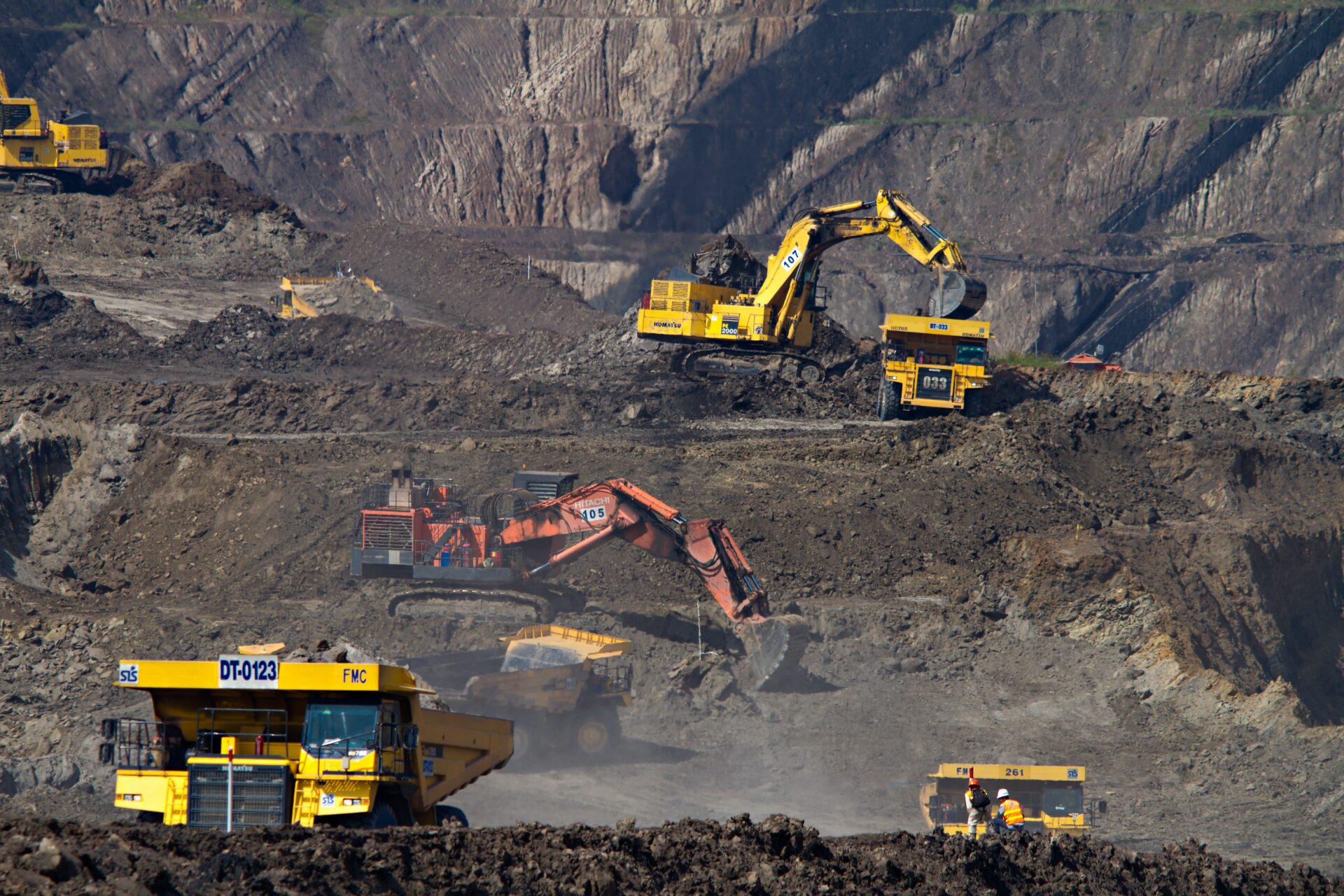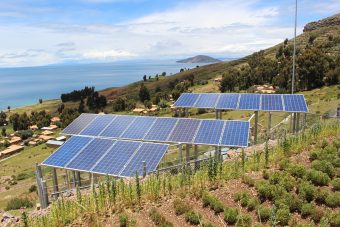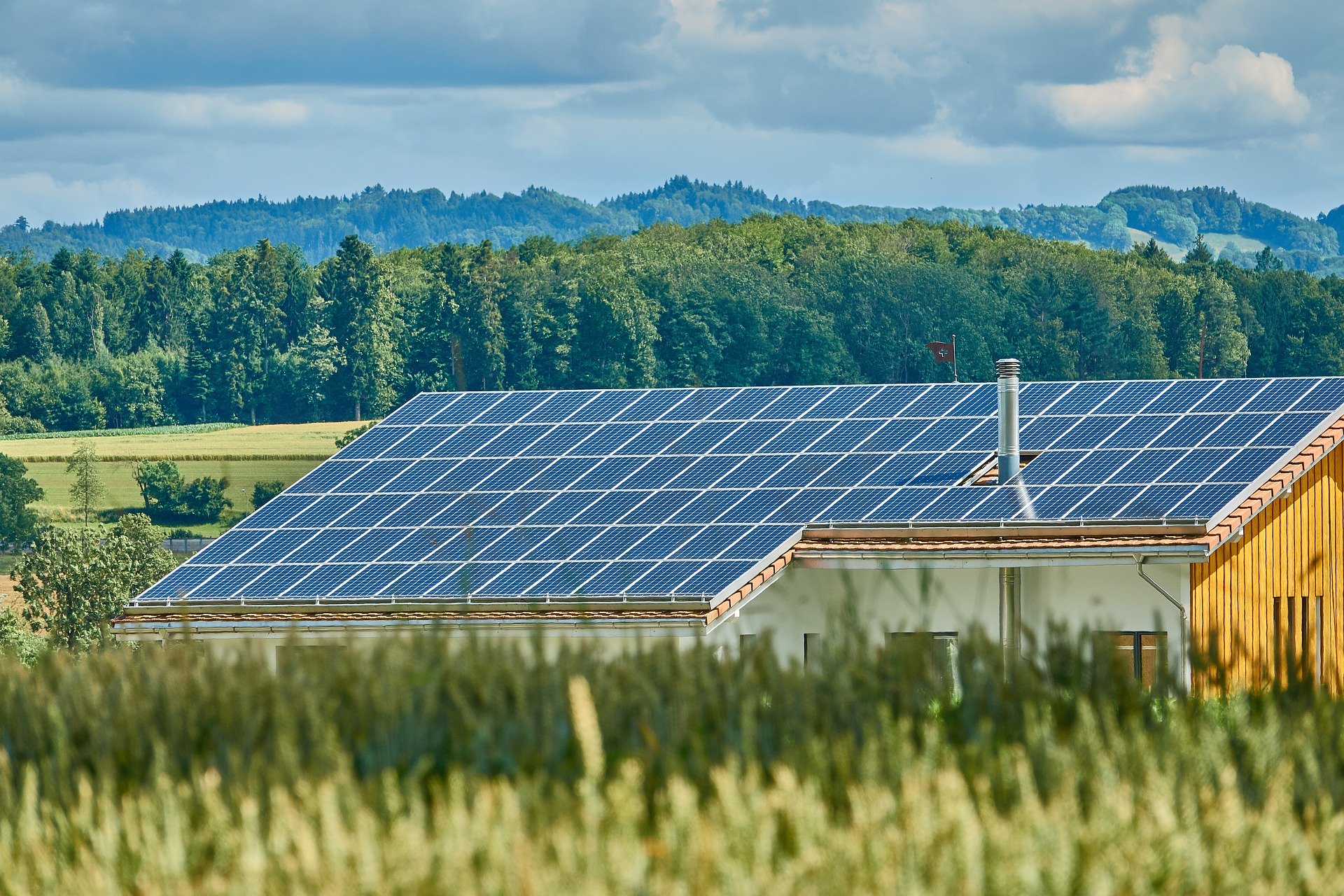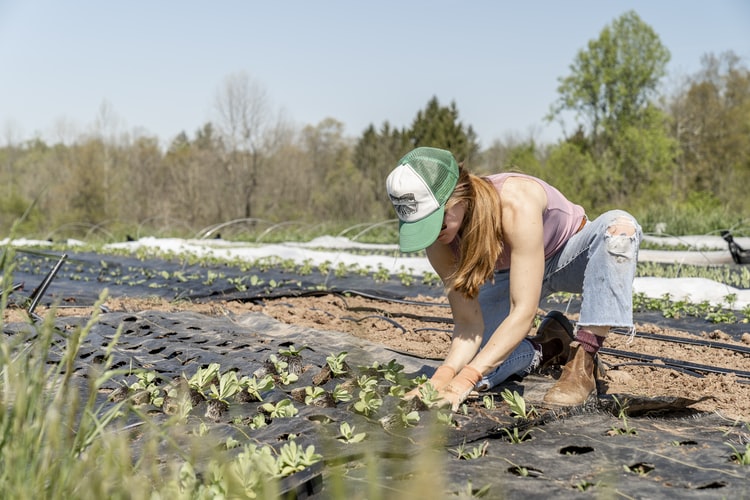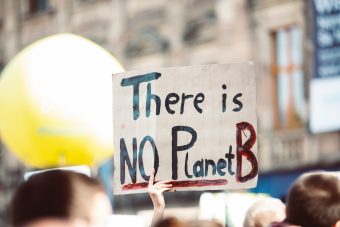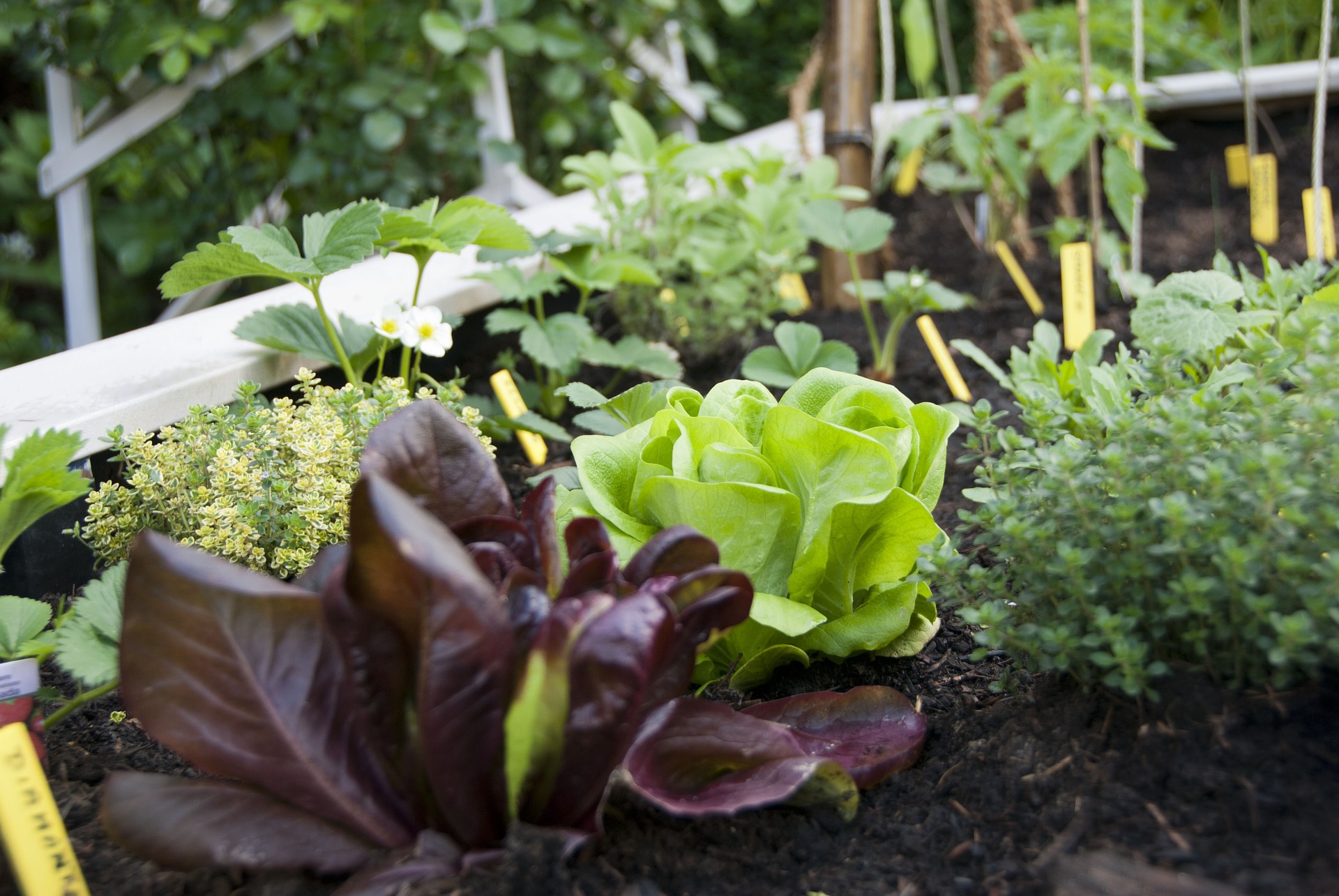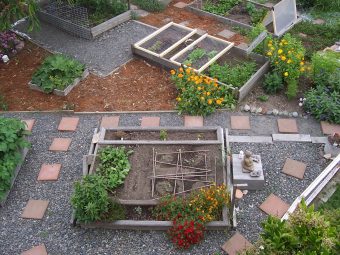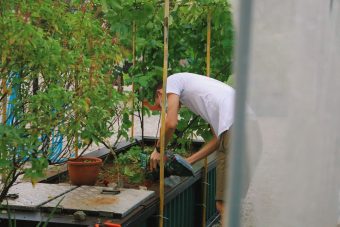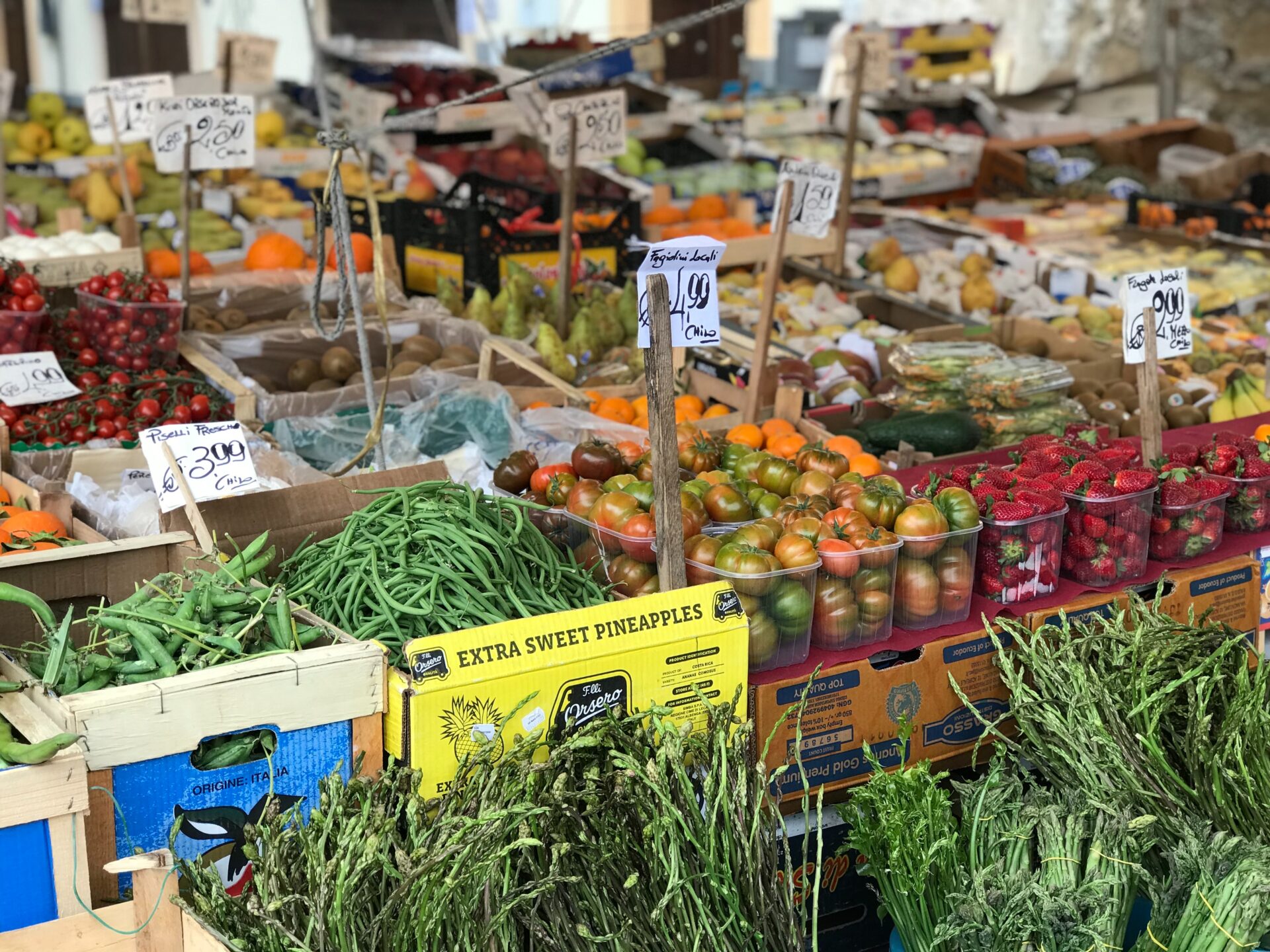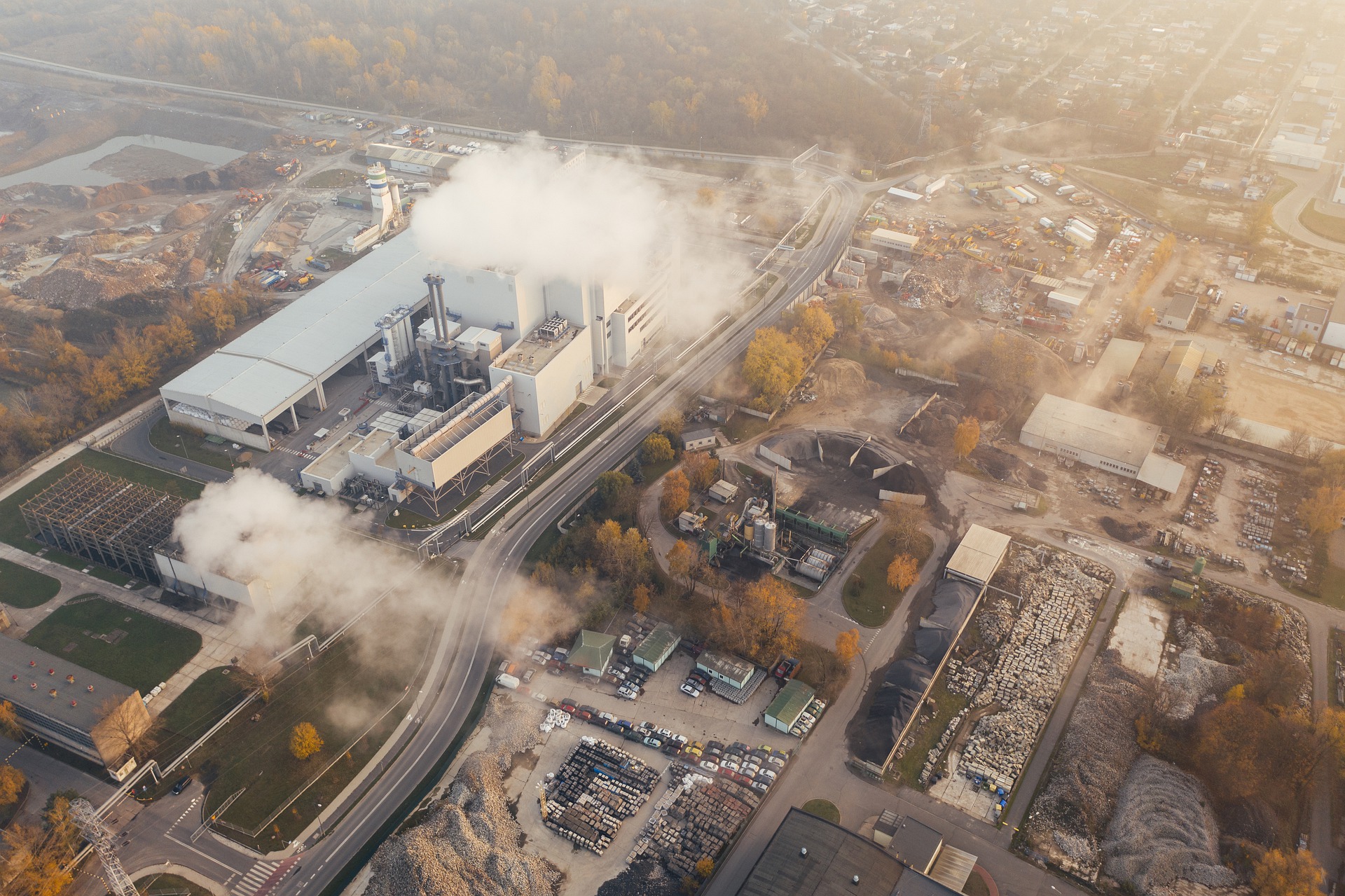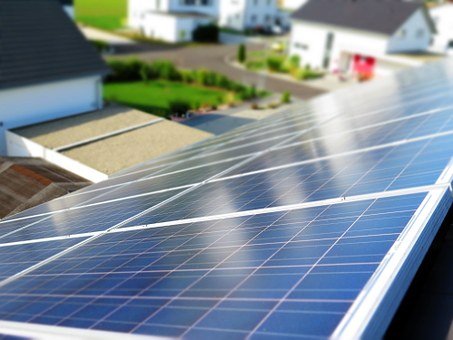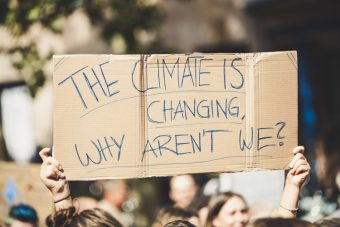
Hungary could save 16 percent of its total energy consumption by retrofitting all existing residential and public buildings, a study commissioned by the European Bank for Reconstruction and Development (EBRD) and financed by the European Union’s (EU) Structural Reform Support Programme says.
This amount equals 122 Petajoule (PJ) and energy efficiency improvements on this scale would also make a significant contribution to achieving Hungary’s energy saving targets. The national energy and climate plan sets a cumulative final energy savings target for all economic sectors of 331 PJ between 2020 and 2030.
The study reviewed the potential for energy savings in residential and public buildings, investment needs to meet the 2030 targets, key barriers hindering energy efficiency renovations, policy reforms and financing instruments that will enable to accelerate the pace of investments in this sector.
Family houses represent a key target for the decarbonisation of the building sector. Buildings constructed before 1990 should be prioritised, according to a cost-effectiveness analysis.
More:
In total, buildings are the largest final energy users in Hungary with over 40 percent of the primary energy consumption. A vast portion of the building stock was built before 1980 with low energy standards. It is estimated that 70-90 percent of the building stock needs renovation.
Hungary aims to address these pressing issues in the context of the country’s and the EU’s efforts to reach its decarbonisation targets. This study supported the Hungarian Ministry of Innovation and Technology in its formulation of the Long Term Renovation Strategy, an important input to the renovation wave initiative announced as part of the European Green Deal and aiming to create the necessary conditions to scale up renovations and reap the significant energy saving potential of the building sector.
Source: EBRD





